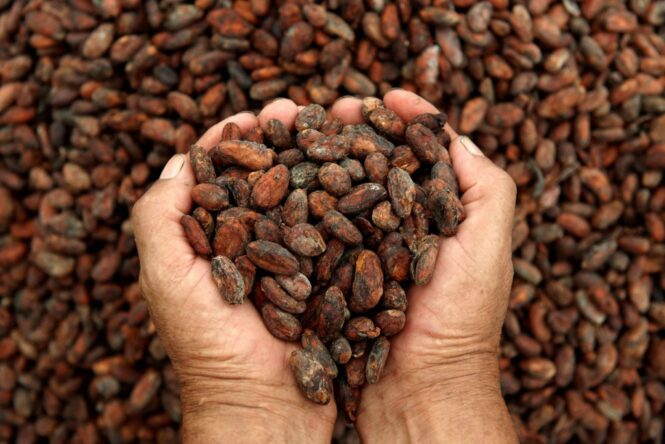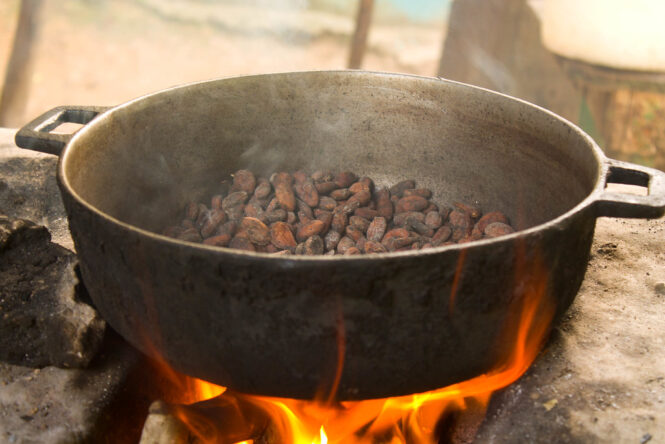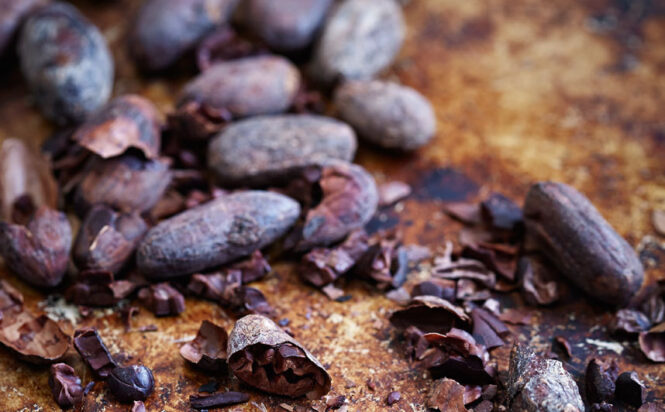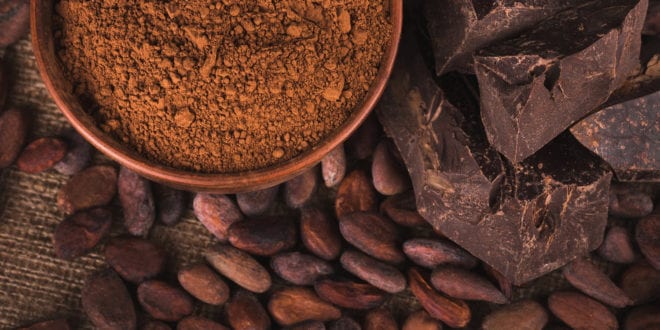Cocoa roasting has lately been very popular among the chocolate lovers. One of the most amazing things about roasted cocoa is the fact that you can do it at home by yourself! This cocoa transformation results in the most amazing taste, and at the end of the whole process, you get the satisfaction of knowing you were the creator of the product.
There are many ways in which cocoa can be roasted at home. You can use your oven, or you can go for the air roasting. Furthermore, you can even use a gas grill or coffee roaster. Our advice is to choose the coffee roaster since it seems the most practical.
If you are looking for a perfect coffee roaster you can check out the Chocolate Fish Coffee Roaster. Among other things, this website offers you an online shop where you can purchase high-quality roasters. Furthermore, you can even learn more about coffee brewing and numerous other useful things.
If you are the beginner when it comes to cocoa roasting, don’t worry. First of all, there isn’t a perfectly unique recipe for this. In that sense, you can be the creator of your perfect roasted cocoa by trying different methods and roasting styles. Secondly, there are some things which are crucial for successful roasting, and all of them will be explained in the text below. So, if you have heard that this process is complicated, don’t let that discourage you.
The following guide will show you how to do a simple cocoa roasting at home, stage by stage. Take a look!
1. Choosing the beans

The first thing you want to do before engaging in the whole process is choosing the right beans. Experts state that the right size of the beans may be crucial for the final result. This is important because of things like beans’ humidity, size, and origin matter when it comes to roasting. The question is: which beans are the right ones? Well, to begin with, the size, the important thing is to choose beans of a similar size.
The reason behind this lays in the fact that bigger beans require different temperatures compared to the smaller ones. So, to spare yourself from dealing with changing the temperature according to the size, throughout the process, simply separate the beans which are approximately the same size from the other beans. The other thing you want to pay attention to is the moisture of the beans.
Moisture can be measured via moisture meter, and it should be around 6.5 to 7%. Also, you can test the flavor of the beans by trying them raw. In this way, you can decide which flavor you want to increase. Additionally, you could even make different sample roasts, for instance, light, medium and dark, and after tasting them, move into the direction which suits you best.
2. Temperature

Once you have chosen the right beans, you can start heating them. The suggested initial temperature for roasting cocoa is around 80 or 90ºC (176 or 194ºF). You could even go further and heath it on 120ºC in order to be sure that the moisture from the beans will be released. This step lasts 10 minutes, because the charge of the temperature refers to the air in the roaster, whereas the beans need a couple of minutes to heat up. The next thing you need to do refers to the temperature and time of the roasting. There are two directions you can take from here:
1. Setting the heat between 110 and 116ºC (230 and 241ºF) and the time between 15 and 20 minutes
2. Setting the heat between 130 and 135ºC (266 and 275ºF) and time between 20 and 22 minutes.
Also, keep in mind to check the temperature not just of the roaster, but of the beans as well.
3. Final touch

Despite the fact that you have set the time and temperature, you should track how the whole process is going. Hence, take a look at the beans themselves from time to time. The difference between coffee and cocoa is in the color change. As opposed to coffee, cocoa beans don’t change color when they are heated. Therefore, you shouldn’t rely on this feature to help you in determining when it’s time to stop.
Luckily, you can rely on scent, flavor, and sound. When it comes to scent, it may smell acid-like at the beginning, but that shouldn’t worry you, because the smell becomes more pleasant further in the process. On the other side, you can always take a bean and try it. In this way, you will know exactly what is going on and what to change. Regarding the famous ‘crack’ of the bean, it functions the same as it does for the coffee. In other words, this sound signals that your beans are near the end of the roasting process.
To sum up, the experts agree upon one thing – there is no unique right recipe for cocoa roasting. Therefore, one of the most challenging, yet thrilling things is the opportunity to develop your own. In that sense, you get to determine which technique and combination works best for you. Even though figuring out the best possible way to roast cocoa might take a while, since you must try a couple of different methods and techniques, it is all worth it in the end.
Nevertheless, bear in mind that you should pay attention to some key features of the successful home-roasting: the choice of beans, in terms of size, and moisture; temperature and time management; and relying on your own senses, such as smell, taste, and sound. As long as you keep track of these things, you cannot go wrong. Good luck!
 Imagup General Magazine 2024
Imagup General Magazine 2024



